Lakeside Bicycles Buyer's Guide To "Fixie" Bicycles!
|
"Fixie" origins: Lost somewhere in the mists of time the actual origins of the "fixie" remain a mystery. did some archaic roadie resort to their Track Bike as an efficient alternative to hours of riding in the rain? Did some fiendish soul deprive them of their road steed, leaving them with no choice but to take their Track Bike on the road? Whatever the origin, "fixies" owe their existence to the intrepid road riders of yesteryear and we are getting pretty brassed off at the failure of the "fixie" crowd to show us the respect our ingenuity and courage make our due. Meanwhile, back at the article.....
Fixies are among the most simple of bicycles because they don't require derailleurs, shifters, double- or triple-chainring cranksets, or, in some circumstances, even brakes (anyone who is riding a "Fixie" on the road without brakes is in the process of freeing up resources for my Grandchildren). Some skilled riders capable of stopping simply by holding back on the pedals with their feet, eschew brakes (did we say skilled? That was very kind of us). And, even more advanced — though the most common fixies are road models — there are also individuals who enjoy mountain-bike fixies, too. (Not to be confused with singlespeeds, which allow coasting.) Hub hubbub Do I need a special chain?
Make it your own Or you can just not shift and stop ponsing around as though you invented cycling. |
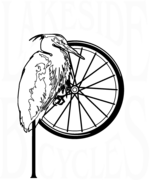
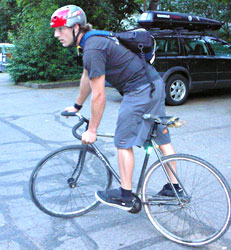
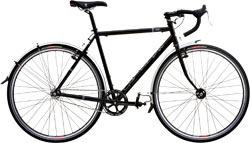 Fixies may be fun, they are also useful.
Fixies may be fun, they are also useful. 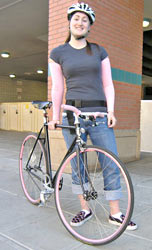
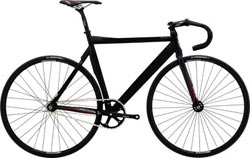 Track versus road fixies
Track versus road fixies 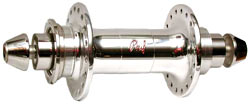 One of the most important parts of any fixie is the rear hub. It's a bit of a special animal that incorporates two opposing sets of threads on the right side, one for the fixed cog and one for the lockring. The lockring threads on in the opposite direction, flush against the cog so that backpedaling forces don’t cause the cog to come off.
One of the most important parts of any fixie is the rear hub. It's a bit of a special animal that incorporates two opposing sets of threads on the right side, one for the fixed cog and one for the lockring. The lockring threads on in the opposite direction, flush against the cog so that backpedaling forces don’t cause the cog to come off. 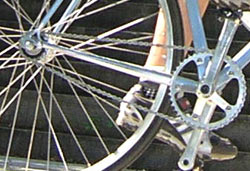 What frame to use?
What frame to use?